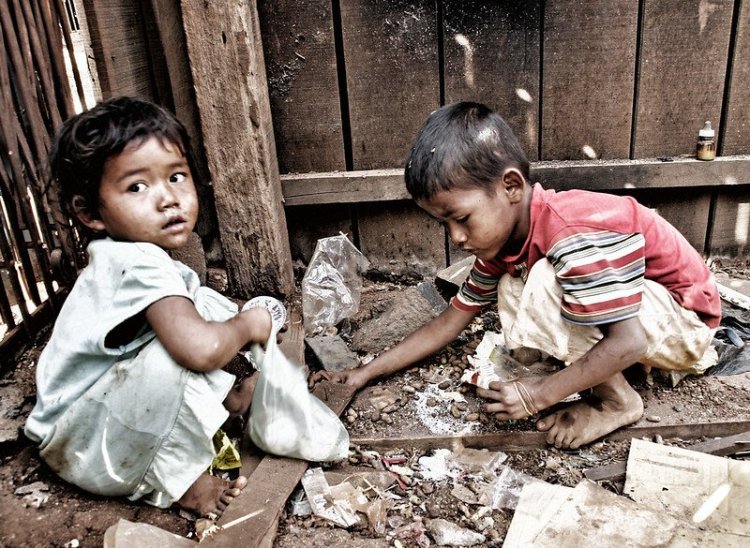Early childhood malnutrition sets stage for poor growth: Study

Washington, US: The researchers found that malnutrition affects growth in the first two years of life, highlighting a devastating reality for millions of children in the Global South, particularly Asia.
The study was published in Nature.
More than one in every five children worldwide – nearly 150 million – did not receive enough calories to grow normally in 2022, and more than 45 million showed signs of wasting or weighing too little for their height. Every year, over a million children die as a result of wasting, and over 250,000 die as a result of stunting.
People who were stunted and wasted as children may have poor cognitive development, which translates into poor economic outcomes as adults.
Chronic malnutrition is indicated by stunting, or being too short for their age, whereas acute malnutrition is indicated by wasting. Both indicators are used by the global health community to track progress towards ending malnutrition.
“Children whose growth begins to falter before they are six months old are much more likely to die and much more likely to have severe forms of growth faltering by the time they’re 18 to 24 months old,” said the paper’s senior author, Benjamin Arnold, PhD, MPH, associate professor at UCSF’s Francis I. Proctor Foundation.
“This suggests there is a very narrow period in which we can intervene, ideally in the prenatal period. It also suggests broader interventions are needed to improve nutrition among women of childbearing age.”
Arnold, an infectious disease epidemiologist and biostatistician, helped lead the research while at UC Berkeley, in conjunction with the (CTML).
Arnold, an infectious disease epidemiologist and biostatistician at UC Berkeley collaborated on the research with the (CTML).
An international team of more than 100 researchers led by UC Berkeley examined data on nearly 84,000 children under the age of two from 33 major studies conducted between 1987 and 2014. Cohorts were drawn from 15 different countries in South Asia, Sub-Saharan Africa, Latin America, and Eastern Europe.
Malnutrition is prevalent in low-resource settings, but the burden is greatest in South Asia, where 20 per cent of children were stunted at birth and more than 52% had experienced wasting by their second birthday, according to the study.
The researchers discovered large seasonal changes in wasting that corresponded with rainfall, most likely reflecting seasonal food insecurity in areas where crops are the primary source of nutrition.
A child born in May was far more likely to be wasted than a child born in January in the South Asian cohorts, owing primarily to seasonal food availability and the nutritional status of the mother during pregnancy.
“By virtue of when a child happens to be born, they could be set off on a completely different trajectory in terms of growth,” Arnold said, but he noted that no known health interventions have been able to correct the levels of seasonal deficits uncovered in this analysis.
While some children can catch up with better health and nutrition, the earlier onset of growth stalling revealed in this study suggests that public health interventions should broaden their focus to include children under 6 months old and pregnant mothers.
Most childhood nutritional interventions currently begin after six months of age because they frequently include nutritional supplementation and public health programmes do not want to interfere with breastfeeding.
“Our findings suggest that if health interventions are not delivered before age six months, it is too late to prevent stunted growth for about a third of children in the populations represented in this study and as many as half of children in South Asia,” said Jade Benjamin-Chung, PhD, MPH, first author of a paper in the series and assistant professor at Stanford University.
Benjamin-Chung helped lead the research as part of the division of epidemiology and Biostatistics while she was at UC Berkeley.
The papers also emphasised the importance of providing nutritional and health support to women prior to conception, as well as continuing that support during and after pregnancy. According to the findings of the studies, a cycle of malnutritionis more likely to have a child who will continue the cycle of malnutrition into the next generation.
“Early life malnutrition sets a concerning course that can span generations,” said Andrew Mertens, PhD, a research data analyst at CTML and lecturer at UC Berkeley and one of the papers’ first authors. “
Immediate interventions are essential, but we also need sustained investments in development and in public health and nutrition programs to break this cycle. Support during the first 1,000 days of life matters immensely for the individual and for society as a whole.”















































